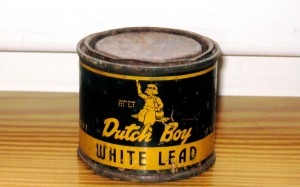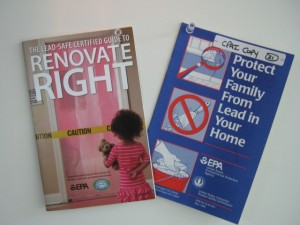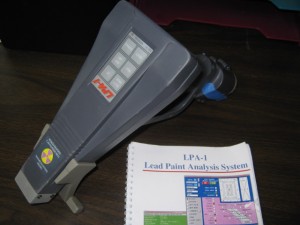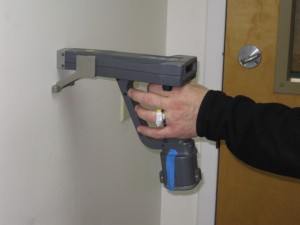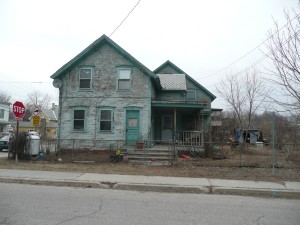Lead is a naturally occurring element. It is a soft heavy metal mined as part of the mineral galena. Lead is extracted in pure form by an industrial process called smelting.
Lead has been used for thousands of years. Ancient Romans were known for creation of a water distribution system using lead piping as well as utilizing lead in many other objects (some researchers atribute the decline of the Roman Empire to lowered birth rates and increased mental problems related to lead exposure). The use of lead increased during the industrial age (1800’s) and continued into modern times. Notable uses of lead were as an additive in gasoline and paints. Lead was added to paint as a pigment, to add durability/corrosion control and as a drying agent. Paint sold after 1978 is not considered lead-based paint. Therefore, homes constructed after 1978 should not contain lead-based paint. There are approximately 64 million private homes in the US that contain some lead-based paint. Vermont has one of the oldest housing stocks in the US. Therefore, lead exposure is an issue in Vermont.
Lead is a known human neurotoxin. Many medical professionals believe that there is no safe level of lead exposure. Children are the most susceptible to lead. Typical childhood health effects resulting from relatively low level exposure to lead include learning disabilities, impaired growth, IQ decline and hearing loss. Higher exposure can lead to mental retardation, seizure and death. The two most common routes of childhood exposure are ingestion of lead dust and lead contaminated soil. Deteriorating lead-based paint provides a significant lead source in homes where painted surfaces are not intact.
Clay Point Associates, Inc. (CPAI) has performed residential and commercial lead-based paint inspections in over 3,500 units/buildings throughout Vermont. All lead-based paint inspections are performed using our X-Ray Fluorescence Analyzer (XRF). This is a non-destructive testing method that provides instantaneous results, and is the industry standard for performing lead-based paint inspections. Inspections are performed in accordance with protocols established by the U.S. Housing and Urban Development (HUD). All of our inspectors are properly trained and certified in accordance with the Vermont Regulations for Lead Control (V.S.A. Title 18, Chapter 38).
A lead-based paint inspection may also include a risk assessment to evaluate the existence, nature and severity of lead-based paint hazards. This activity includes a visual inspection of all painted surfaces, and may also include collection of lead dust wipe samples inside a home/ building and lead soil sampling at the exterior of the home/building.
Vermont regulations encourage management of lead-based paint in a lead safe manner. This means that all lead-based paint does not have to be removed. Instead, it must be maintained intact and stable at all times (i.e., no damage). Maintenance of painted surfaces must be conducted using lead safe work practices. As a rule, it is better to leave paint alone than handle it improperly. CPAI is available to provide information concerning proper maintenance and work practices.
Common construction activites, including demolition, which disturb lead-based paint, may liberate hazardous lead dust and/or encouarge lead-based paint chip deposition. Beginning April 22, 2010, federal law requires that contractors performing renovation, repair and painting projects that disturb more than six (6) square feet of paint in homes, childcare facilities, and schools built before 1978 must be certified and trained to follow specific work practices to prevent lead contamination.
Please refer to the U.S. EPA website regarding Renovation, Repair and Painting (RRP) for additional information.
CPAI is available to support contractors by performing lead-based paint inspections, conducting OSHA worker exposure assessments and performing pre and post construction dust sampling.
Lead Links:
